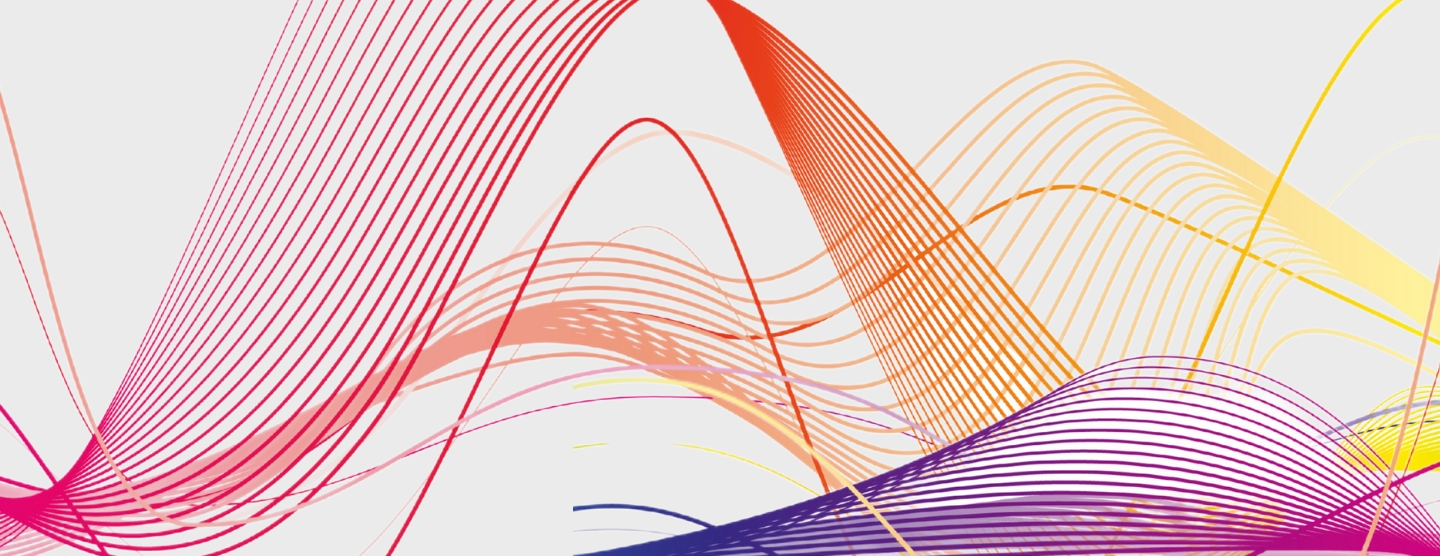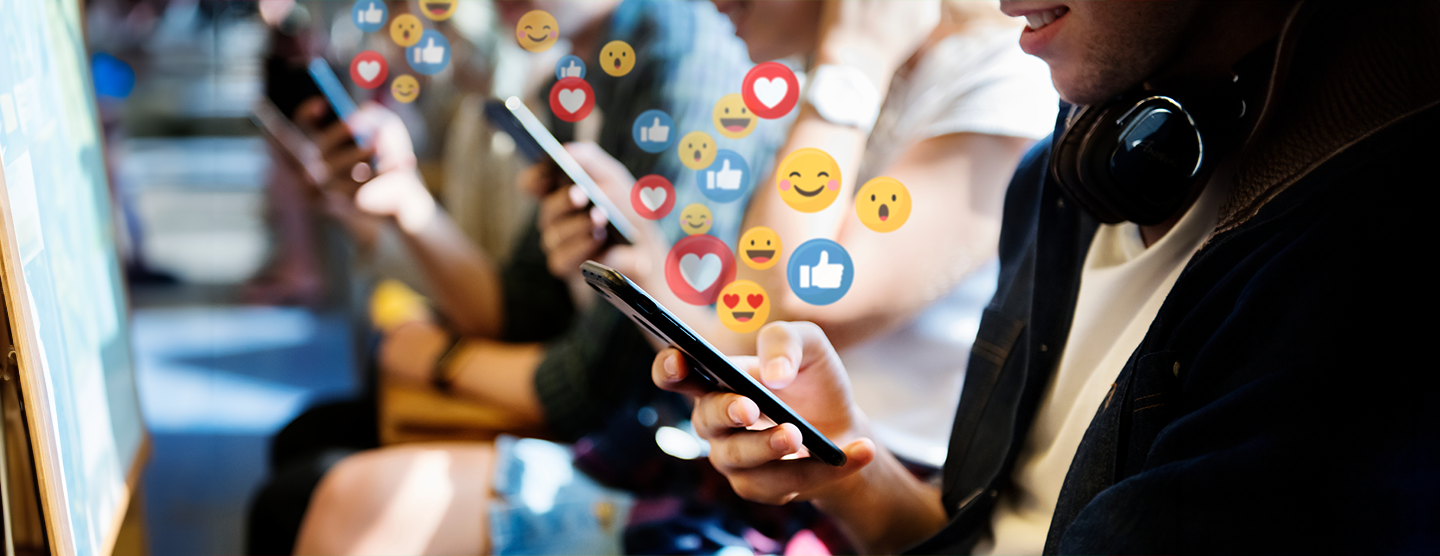The Sound of Success: How Sonic Branding Hits All the Right Notes
Sonic branding is the secret sauce that makes brands unforgettable. With catchy sounds that go straight for the feels, trigger instant recognition, and even influence action. From the psychology behind these beats to crafting the perfect audio logo, let’s understand how brands that nail their soundtracks steal the show.
By Tanya for Red Bangle
05 min read
Mar 25, 2025

In a world cluttered with visuals, sonic branding is the showstopper that makes you listen—and remember. It makes you go, “Oh, I know that brand!” But what exactly is sonic branding?
These signature sounds are not just sonic mic drops you can hum even in your sleep, they elicit a Pavlovian response.
The Psychology of Sound
A solid sonic identity doesn’t bother with logic—it makes a beeline for your feelings. Studies show that audio triggers memories faster than visuals, which is why the biggest brands are spending big bucks to make you listen. At a time when our attention spans are shorter than TikTok videos, sound cuts through the chaos and gets brands stuck in our heads for all the right reasons.
We have all kinds of content, everywhere, all the time, but sonic branding is the stealth weapon that makes sure we hear brands loud and clear.
Brands Winning the Sonic Game
The kind you can hear in your head by simply reading the tune in gibberish words!
A snack-sized symphony that instantly brings to mind biscuits and tea-time, transporting us to a familiar place.
The A. R. Rahman tune that’s basically the DDLJ of ringtones—longer than your usual but timeless and beloved.
A dopamine hit, that’s synonymous with the sweet sound of victory of a successful payment.
A yodel so catchy, it almost made us forget that we all moved to Gmail.
A satisfying fizz and a catchy tune that made us all crave a chilled Coke on a hot summer’s day.
The iconic startup chime is practically a status symbol in audio form, the kind techies geek out on.
The Windows XP booting up sound is a nostalgic masterpiece that brings back memories of dial-up internet.
That cheeky whistle is basically a cologne bottle in audio form—fresh and unforgettable.
Those heartbeat pulses are a lot more than engine revs. With a classy appeal even the Kardashians would envy.
Technically a sound effect, this is a sound so dramatic, it deserves its own Oscar — that lion’s roar is Hollywood royalty.
Crafting the Perfect Audio Logo
Crafting a brand’s sonic identity is not as easy as it sounds. It’s a science-meets-art process, using psychology, strategy, and creativity to craft symphonies that stick—where every note is intentional.
- Start with Strategy, Not Sound: Understanding the brand’s core identity is crucial to design audio that resonates—its values, tone of voice, and target audience. Workshops, focus groups and research helps pinpoint how the brand should feel in sound form.
- Leverage Neuro-Science: Effective sonic branding works on a subconscious level. Low frequencies for trust, higher ones for excitement—every tone has a psychological purpose. With the help of neuroscience, composers determine how different frequencies and rhythms influence emotions.
- Craft an Audio DNA: A sonic palette is developed to create a unique audio mnemonic that evokes specific emotions. Notes, instruments, tempos, tones—that match with the brand’s vibe and personality are identified to trigger defined physiological and psychological reactions.
- Test Across Contexts: Consistency across platforms ensures recognition. A/B testing is regularly done to see how sounds perform on different platforms—like in-store speakers or social media ads. A sound that works on TV might flop as an app notification, so testing for adaptabilit.
- Evolve but Stay Recognizable: Even iconic sonic brands need a remix every now and then. Sonic identities are occasionally updated to keep up with the times, ensuring they stay fresh without losing their familiar essence.
The Last Note: Why Sonic Branding Matters
With voice assistants, podcasts, and streaming platforms exploding, brands can’t afford to ignore sound. Whether it’s the “whoosh” of a WhatsApp message or the “plink” of a Google email, every sound we hear shapes perception. In a world where people skip ads faster than Ranveer Singh changes outfits, sound is the secret sauce that sticks. So the next time you catch yourself humming along to a brand’s tune, remember: you’ve just been sonically branded.


